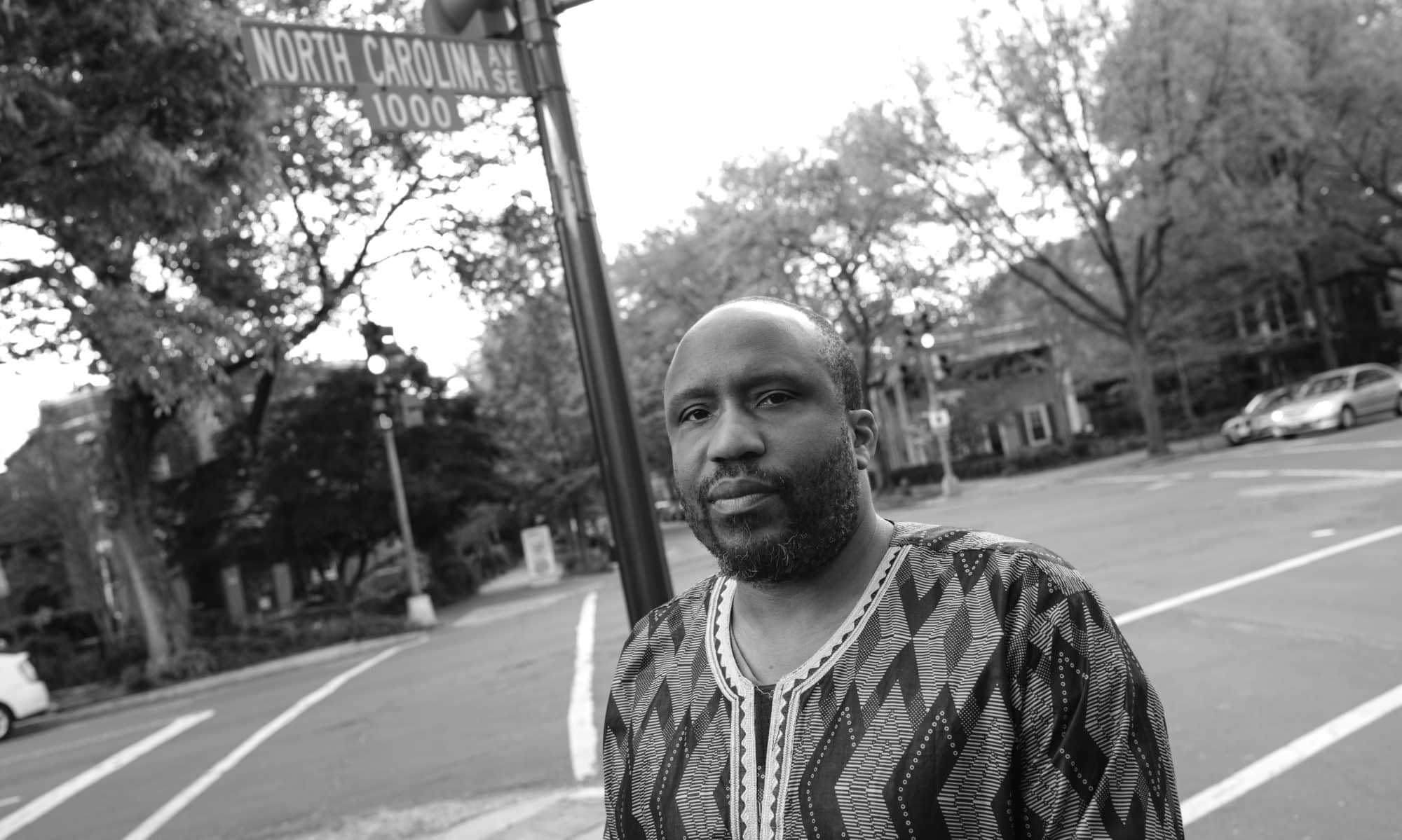
Collaborators: Artist Don Camp & Poet Fred Joiner
http://www.the5x5project.com/a-m-weaver/don-camp/
Well, not quite, but maybe censored is more like it.
I am/was honored to be chosen by curator A.M. Weaver to be a part her 5 X 5 Project , Ceremonies of Dark Men (CoDM), for the DC Comission of Art and Humanities especially with such an amazing group of visual artists (Donald E. Camp, Larry Cook, Isaac Diggs, Stan Squirewell and Michael Platt) and poets (Major Jackson, Kenneth Carroll, E. Ethelbert Miller and Afaa Michael Weaver).
I still have not gotten all the details, but A.M. told me shortly after my our piece (Don Camp and myself) went up the company that owns and/or manages the building were very displeased by the excerpt of my poem, so much so that they wanted them remove immediately. Here is the excerpt:
excerpt of Seven Ways of Looking at Black Flowers By Fred Joiner
A.M. warned me that they were threatening to take it down that weekend before the official opening of 5 X 5, but fortunately that did not happen. However they were not sure how long it would be allowed to remain up.
So a few days ago, while cruising Art Whino’s Instagram feed I noticed the our piece was taken down, because Artwhino’s new mural project was in progress. I asked the moderator of the Instagram handle what the deal was and he said that they were planning this for over a year, which makes me beg the question, Why would they put our piece in the first place if it was supposed to be up until Dec, if they had already promised the space to someone else…Sounds kind of fishy to me, but at least they will have some other nice art up and a ready made “scheduling mistake” rather than censoring a piece of art they did not care for.
Anyway, since they (JBG) did not bother to read, understand or reach out to me to to get clarity on the ENTIRE poem, I have posted it below.
I was told that A.M. and the CDoM project may post an official an update about what happened with the piece this week, so I am anxiously awaiting more details. For now all I have to go on is their decision to remove our piece because they thought it was divisive and would incite (or perhaps offend) viewers. The irony of that is on the day Melanie, Naomi and I went to go check out the billboard we came across at least 3 or 4 people who loved the billboard and did not think it was racist, divisive or inciting at all…go figure.
Anyway, I will post more details when they are available, in the meantime go check out Art Whino’s project and the ghost of mine at 51 N St NE (right near the NY Ave Metro and the ATF).

Black Flowers, 1952
Seven Ways of Looking at Black Flowers By Fred Joiner
XIII
What is more beautiful than black flowers,
Or the Blackmen in fields
Gathering them?
– Raymond Patterson, Twenty-Six Ways of Looking at a Blackman
I
In what mellow tone
Do black flowers
Sing their blues?
II
Black flowers like black
Hands – colored: reaching toward
A mystery. Up South.
III
Black flowers, the gift
Of open palms
Facing North, but
Rooted South
IV
A man and a woman
Are one
A man and a woman and black flowers
Are dust
V
Against a sky white
Like a fists full of Sea
Island cotton the sky raining
Blood on black flowers
VI
In our world/ The tongue speaks
Only a binary song, always a black
Flowering problem, against a white
Canvas —blood in between
VII
The sound possibilities of black flowers
Were choices made by the hands, breath
And brass of a gifted man
Looking inward, blood on his lips
after
Gene Davis’s painting
Black Flowers, Raymond Patterson’s poem,
Twenty-Six Ways of Looking
at a Blackman, and Wallace Stevens’s poem ,
Thirteen Ways of looking
at a Blackbird














